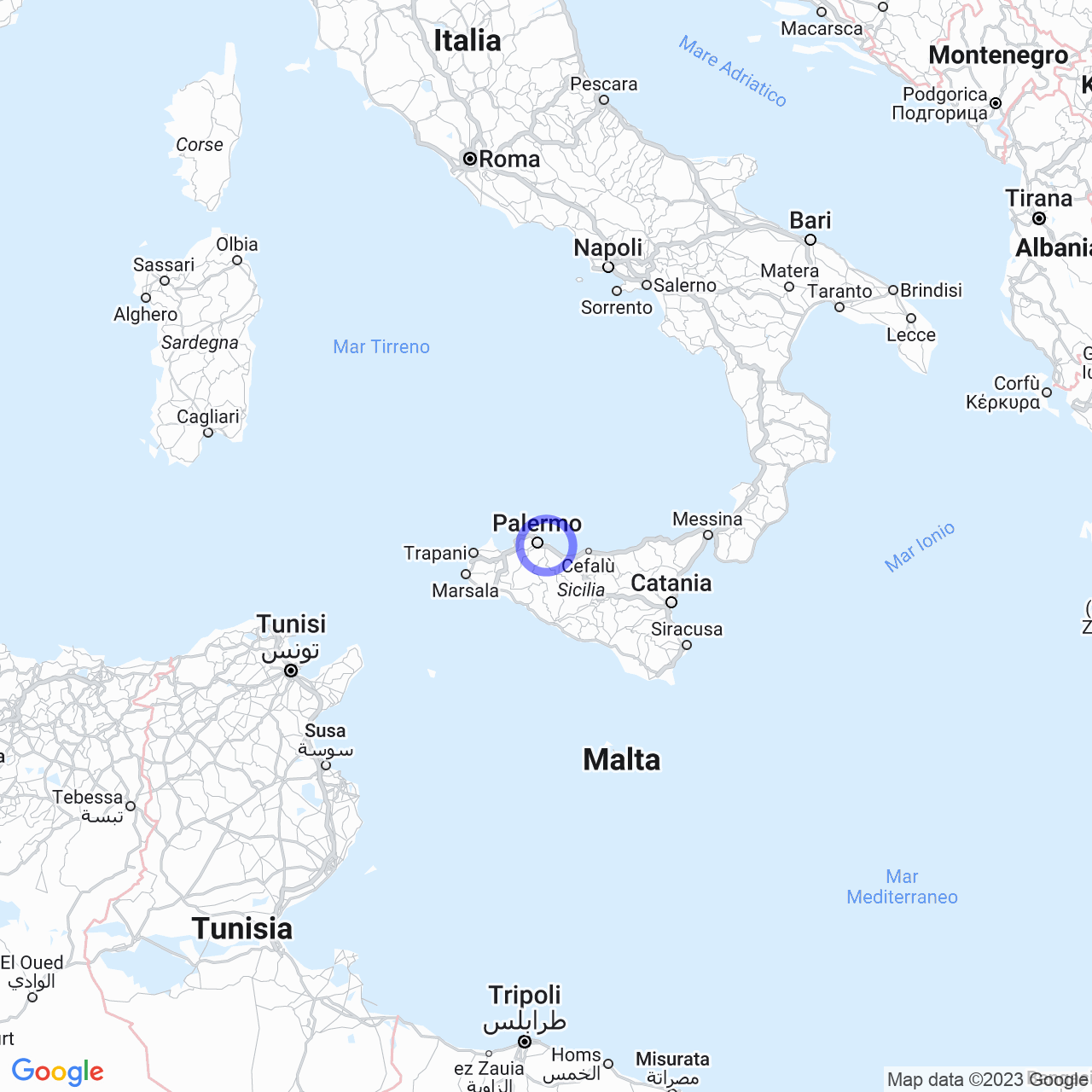Ficarazzi
Welcome to Ficarazzi!
We welcome you to Ficarazzi, an Italian municipality in the metropolitan city of Palermo, Sicily. Ficarazzi has a population of 12,779 inhabitants. We will start our story by talking about the physical geography of this area.
Physical Geography
The climate classification of Ficarazzi is zone B, with 791 GG. Now that we know something about the atmospheric environment of this area, let's move on to its fascinating history.

History
The name Ficarazzi originally derived from the Latin Ficaratium. The name referred to the town that was located near the current inhabited center of the city. The Greeks named the nearby river Eleutheros, which means "free". The Arabic name of Ficarazzi, Fakarazz, means "excellent".
Viceroy Pietro Speciale was the first to believe that Ficarazzi would become an ideal place for sugar cane plantations. As a result, the viceroy built the tower and the first rural settlement. Over the centuries, the ownership of the fiefdom passed through various hands, including the Chiaramonte family, who had a large fiefdom sold in the 14th century. In 1648, the area came under the control of the Regular Clerics of the Theatines, who held it in a fiefdom for almost a century.
In 1733, the fiefdom was purchased by Prince Giardina, who took care of the urban agglomeration and extended the sugar cane plantations in the area. The Giardina family maintained dominion over the city until the unification of Italy. Ficarazzi was officially recognized as a municipality in 1750. Over the years, it has developed thanks to its proximity to Palermo.
The noble Giardina family
Regarding the nobility of the Giardina family (Barons of Santa Ninfa, Marquises of S. Caterina, and Princes of Ficarazzi), Giardina Cannizzaro Giannone di Palagonia, Giardina Cannizzaro Platamone di Belmurgo, Giardina Cannizzaro di Larderia, and Giardina Naselli di Gela, we find a mentioned as the origin of this noble family Luigi Arias Giardina, the first purchaser of the barony of S. Ninfa in Val di Mazzara in 1615.
He was then the first marquis of the aforementioned land in 1621, governor of the Monte di Pietà of Palermo in 1627, and was one of the most generous and noteworthy benefactors of the civic hospital of that city. In 1621, he left an annual amount of three thousand onze, equivalent to 38,250 lire. He was succeeded in 1630 by his daughter Orsola, having been preferred by testament to the eldest son Diego, since he had been previously (1614) endowed by his father with the fiefdom and barony of Gibellini.
She married a Mario Bellacera alias Cangialosi; however, her son Simone changed his surname and arms to Giardina with the investiture of 1627; he was governor of the Company of Charity of Palermo in 1632. Another Simone, son of Giuseppe, brother of the previous one, was prince of Monteleone in 1671, after having been governor of the Company of Peace in 1667 and captain justiciary of Palermo in 1670. He also died without children, and was succeeded by Pietro Giardina Bellacera, invested in 1685. His son Giuseppe, disappointed in male heirs, left the inheritance to his sister Eleonora. She, unable to support such succession due to dispute, was instead invested in 1703 by Luigi Gerardo Giardina and Lucchese, Baron of Gibellini, who was recognized as the legitimate descendant and heir of the first purchaser Luigi Arias Giardina.
Luigi Gerardo Giardina purchased the state and land of Ficarazzi and elevated it to a principality in 1733. In that year, he was governor of the Company of Peace of Palermo.
Conclusion
As citizens and tourists of Ficarazzi, it is important to understand the history of this city. Starting from its first inhabitants until the nobles who governed the city, we realize how much Ficarazzi has grown and become what it is today. We are honored to show the beauty and culture that Ficarazzi has to offer. Thank you for reading, and we invite you to visit Ficarazzi!
